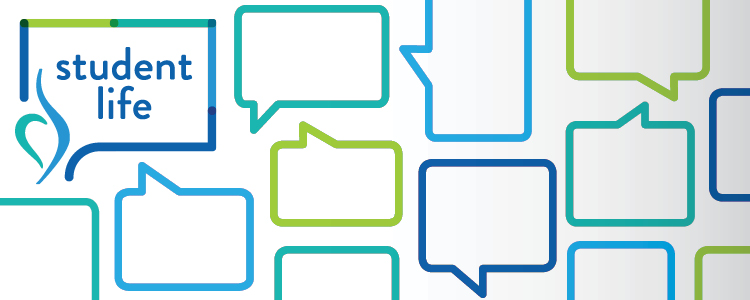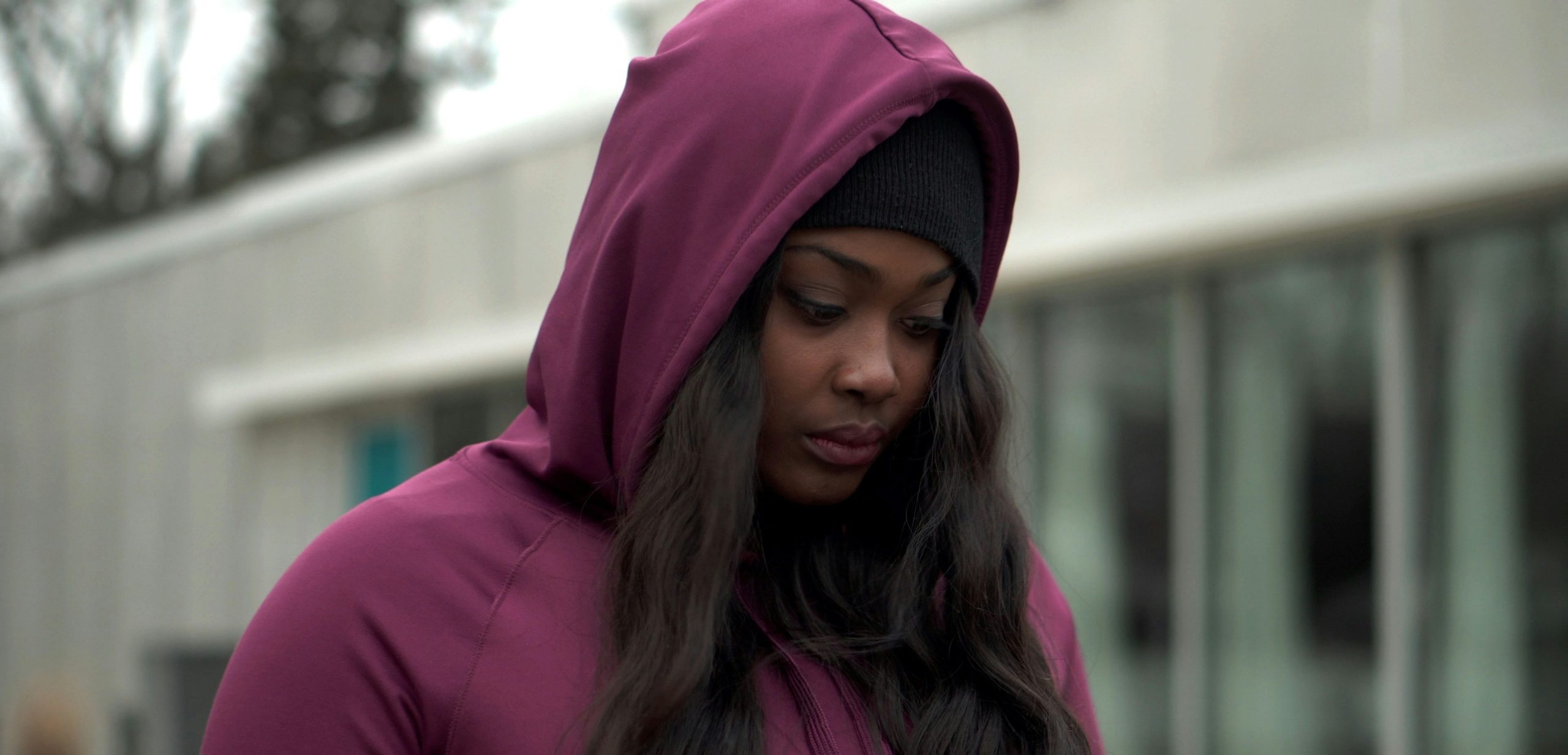Stephanie Covington Armstrong doesn’t fit the stereotype of someone with an eating disorder. And that’s exactly why she wrote her book, Not All Black Girls Know How to Eat: A Story of Bulimia. Armstrong is sharing her story in an effort to expand the public’s perceptions of who struggles with eating disorders and poor body image.
We caught up with her to talk about myth-busting, what it takes to gain true confidence, and why she thinks our cultural obsession with celebrity is hurting us.
Your book busts the myth that disordered eating is a privileged white girl’s issue. Why do you think that idea still persists and what do you think it will take to get people to see that food, weight, and body image problems do not discriminate?
Stephanie: In many ethnic communities it is not acceptable to have ISSUES with food. This translates into fewer people coming forward and being counted and included in eating disorder studies. I had an extremely difficult time seeking help because all my life I had been told I needed to fit into the strong Black woman archetype. I felt like a failure and had a lot of shame because of my bulimia and anorexia. When I initially sought help for my eating disorder I felt invisible. The experts were unwilling to take my disease seriously because of the color of my skin. Although eating disorders are a huge problem in the Black community, we are taught that we must deal with our problems ourselves. Until it becomes socially acceptable for minority women to seek mental health support they will continue to be isolated in both their community and their disease. We need to go into these areas and educate people on eating disorders and help them to see that seeking help is a sign of strength and not weakness.
You say that there was a point in your life when if anyone tried to suggest that you lacked self-esteem, you would have called that person a hater. You worked very hard to project an air of confidence, but you came to understand that you were actually “a self-involved person with no self-esteem.” How did you figure out the difference between being self-involved and being truly self-confident?
Stephanie: I always made sure that I looked together, happy and confident, and in many ways I really did feel ok. It shouldn’t be a full time job proving to people that you’re all that. I had experienced childhood trauma and never got help in dealing with the things that destroyed my self-esteem, so I created what I thought was self-confidence. Instead of looking inward and getting validation that I was still lovable and worthy I fought to show people that I was worthy. It took a long time to learn that external things, the handbag or shoes or even that guy, aren’t enough to make you love yourself. It has to come from deep inside. We all know people who can’t stop talking about how great they are. Well, I promise you they’re just trying to make themselves feel better. Unlike fake self-esteem, real self-confidence is quiet but you can spot it across a room.
How does our culture’s obsession with celebrity and wealth harm teens?
Stephanie: It causes us to focus externally and to believe that being a celebrity or having wealth is the same as being lovable or worthy. There is nothing you can put on or own, even celebrity, that can fix you on the inside or give you a real sense of value. Those things are fleeting. The media’s obsession with celebrity is helping to shift our values away from the important things in life to this false sense of happiness. It’s also focusing on things like botox, plastic surgery, implants, and multi-million dollar homes that are out of the reach of most young women. So instead of teaching girls to have real goals and ambitions it’s saying, “just be a celebrity and all your dreams can come true.”
What makes you most most proud to be you?
Stephanie: I’m proud of my resiliency and my ability to never give up on myself. I’m proud that I wanted to be a writer, and even when everyone around me saw it as a pipe dream I persevered and today it’s my career. I’m proud that I was able to triumphant against adversity in order to become a happy, productive, confident adult.

This content was originally posted on Proud2BMe.org in 2011.





